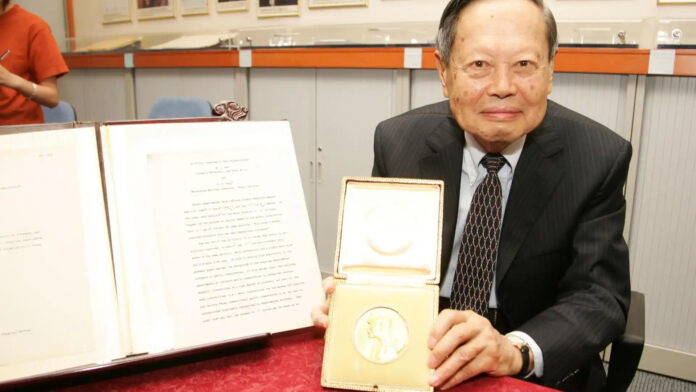News Desk: Chen-Ning Yang, the celebrated Chinese physicist and Nobel Prize winner, passed away in Beijing on Saturday at the age of 103. Born in 1922 in Hefei, Anhui Province, Yang moved to the United States in the 1940s to pursue higher education and an academic career, eventually holding prominent teaching positions.
Yang was awarded the Nobel Prize in Physics in 1957 for his pioneering contributions to theoretical physics. In 1954, he, along with American physicist Robert Mills, co-developed the Yang–Mills theory, a groundbreaking framework that describes the interactions of three of nature’s four fundamental forces — electromagnetic, weak, and strong forces — at the subatomic level.
The Yang–Mills equations provided the mathematical foundation for the Standard Model of particle physics, unifying fundamental forces and explaining the behavior of all known elementary particles. “Yang was one of the foremost theoretical physicists of the 20th century,” said Shi Yu, associate director of the Wilczek Quantum Centre at the Shanghai Institute for Advanced Studies. “Without the Yang-Mills theory, there would be no Standard Model.”
Also Read: Pakistan, Afghanistan Agree to Immediate Ceasefire
Beyond his scientific accomplishments, Yang played a transformative role in reshaping the global perception of Chinese scientists, inspiring generations to believe that they could compete at the highest levels of science worldwide.
His legacy endures not only in the equations that continue to guide modern physics but also in the generations of scholars motivated by his life and work.

